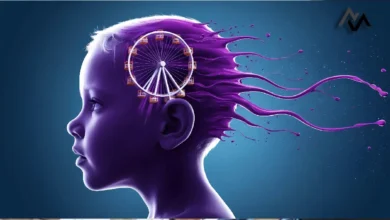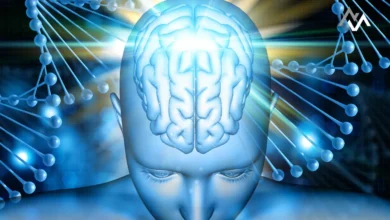Understanding ‘Brain Rot’: The Digital Age’s Cognitive Challenge

In an era dominated by digital consumption, the term ‘Brain Rot’ has emerged to describe the cognitive decline associated with excessive engagement with trivial online content. Recently, Oxford University Press recognized its significance by naming ‘Brain Rot’ as the Word of the Year 2024.
Defining ‘Brain Rot’
Oxford defines ‘Brain Rot’ as “the supposed deterioration of a person’s mental or intellectual state, especially viewed as the result of overconsumption of material (now particularly online content) considered to be trivial or unchallenging.” This definition underscores concerns about how endless scrolling through superficial content can impair cognitive functions.
The Psychological Perspective
While not officially recognized as a medical condition, ‘Brain Rot’ has garnered attention in psychological studies, especially following the global increase in screen time during the pandemic. Senior counseling psychologist K Apuroop Chakravarthy explains that this phenomenon is linked to the brain’s reward system. He notes that platforms like Instagram provide continuous new stimuli through short videos, triggering dopamine release with each scroll. Over time, this repetitive behavior can diminish the brain’s ability to experience pleasure, potentially leading to anhedonia—a reduced capacity to feel joy.
Perception Among Internet Users
Interestingly, many internet users perceive ‘Brain Rot’ differently. For instance, 21-year-old Vidhi Bhattad refers to doom scrolling as a form of ‘Brain Yoga,’ suggesting that, despite the chaos, it provides a sense of relief. She mentions that her mind disengages upon opening apps like Instagram, leading to passive consumption of content without meaningful engagement.
Addressing the Issue
The pervasive nature of smartphones and the internet makes it challenging to combat ‘Brain Rot.’ While setting time limits on app usage or undertaking digital detoxes can offer temporary relief, the behavior often resurfaces. Chakravarthy emphasizes that this is more of a behavior than a habit, as habits are repeated behaviors. To counteract this, he suggests engaging in alternative activities that provide similar dopamine rewards, such as in-person social interactions, shared activities, or physical exercises like yoga and dance.
Historical Context and Modern Usage
The term ‘Brain Rot’ isn’t entirely new. Oxford notes its first recorded use in Henry David Thoreau’s 1854 book Walden, with sporadic mentions throughout the nineteenth century. However, its prevalence has surged in recent times, particularly on social media platforms. Oxford’s data indicates a 250% increase in frequency per million words between 2023 and 2024, reflecting growing public awareness and discourse on the subject.
Conclusion
‘Brain Rot’ encapsulates a modern cognitive challenge stemming from the overconsumption of trivial online content. Recognizing and addressing this issue is crucial for maintaining mental well-being in our increasingly digital world. By understanding the implications of our digital behaviors and seeking balanced engagement with technology, we can mitigate the adverse effects associated with ‘Brain Rot.’




